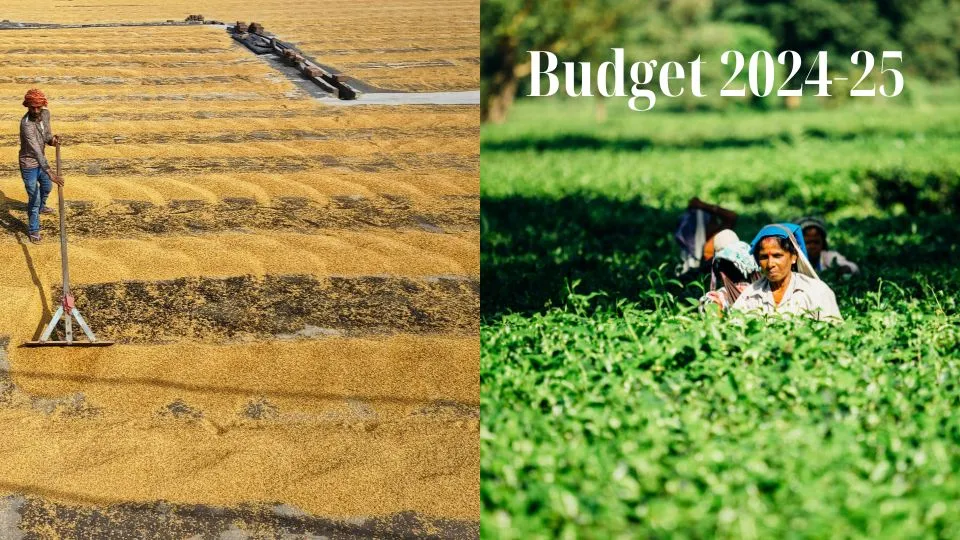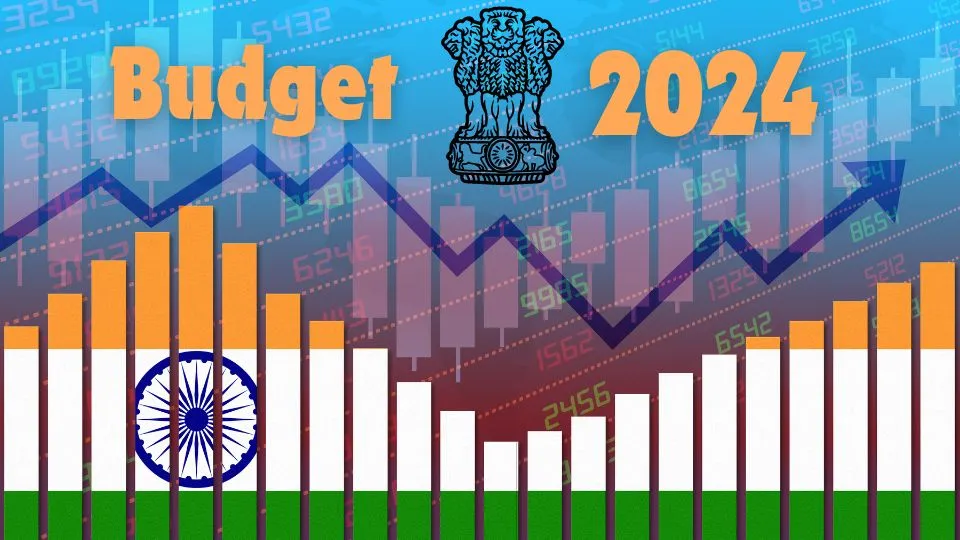The first farm loan waiver of India was introduced in the 1990-91 through the Agricultural and Rural Debt Relief Scheme (ARDRS) for up to INR 10,000 worth of loans, 33 years have passed since then but the over-reliance on the waiver instrument still continues.
Recently Telangana and Jharkhand government have sought to waive off more than INR 31,000 crore worth of loans with an upper limit of INR 2 lakh per farmer.
Immediate Relief
The primary objective of these waivers might be immediate relief to farmers, with an undercover political motive. Jharkhand government plans to waive loans of 1.91 lakh farmers while the Telangana government is going to waive off INR 31,000 crore of loans of 47 lakh farmers.
In Telangana, the waiver was a key poll promise that contributed to the Congress Party’s victory in the 2023 Assembly elections.
Boosting Rural Economy
Waivers might ease off farmer’s stress, allowing them to free up resources and invest back into new seeds, crops, inputs and equipment. This can potentially boost rural consumption, stimulating economic activity in agrarian regions.
Economic Implications
However, large scale waivers strain states’ economy, diverting funds from other vital areas such as healthcare, education and infrastructure development
Frequent waivers can erode the credit culture of the country. Farmers expect future waivers and willfully default on loans leading to higher non-performing assets (NPAs) for banks.
A study by SBI, indicates that loan waivers reduce the willingness to repay loans, even among those who can afford to pay.
Poor targeting and Effectiveness
Comptroller and Auditor General (CAG) found that a large portion of waivers went to ineligible beneficiaries. For example, during the waiver in 2008-09, 8.5% of total beneficiaries were ineligible farmers while 14% of eligible farmers were ignored.
A better alternative of waivers could be to better utilise these funds in improving agricultural infrastructure, research, and extension services. These investments would provide for long term benefits and improved productivity.
Also read | Economists advise FM Sitharaman on Private consumption, Job creation and a lot more
Effect on private investments and farmers
Large waivers result in higher fiscal deficits, which leads to inflationary pressure and increased state borrowings. Excessive borrowings can crowd out investments, impacting the economic growth of the country.
Frequent waivers can vary off banks from lending to the rural farmer, decreasing the availability of credit. This can force farmers to rely on informal sources of credit at higher interest rates leading to another cycle of debt.
Conclusion
Short term benefitting waivers can lead to unfavourable long-term plans of the country, policy makers need to focus on structural reforms that enhance agricultural productivity. Infrastructure investments and better market linkages could provide more sustainable solution than recurring loan waivers.
About the Author
Akshat Jain is pursuing his post-graduation from School of Economics, DAVV. He is interested in economics, research, music and literature.











